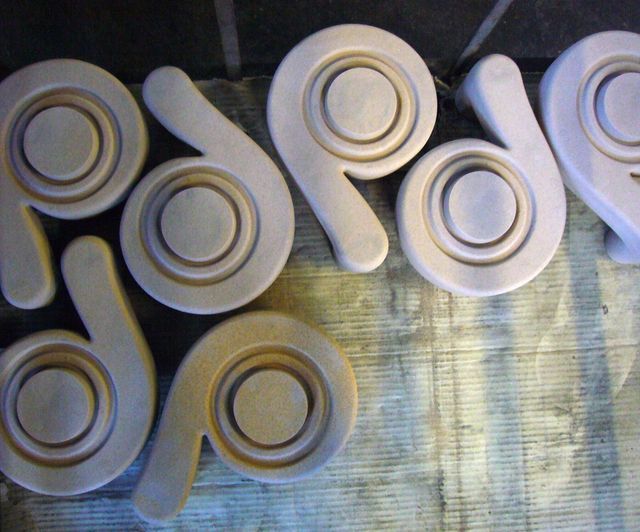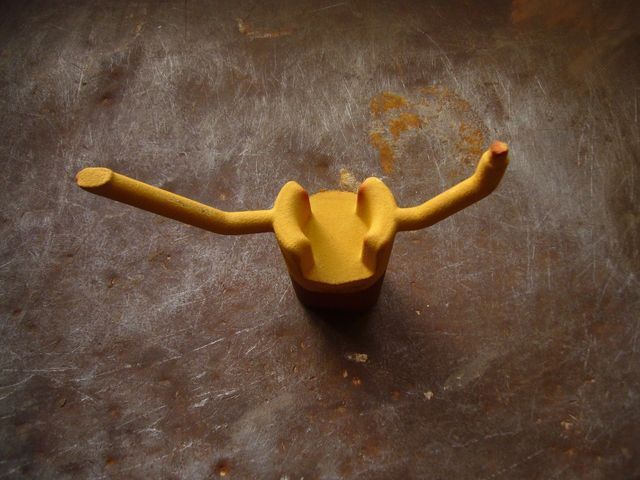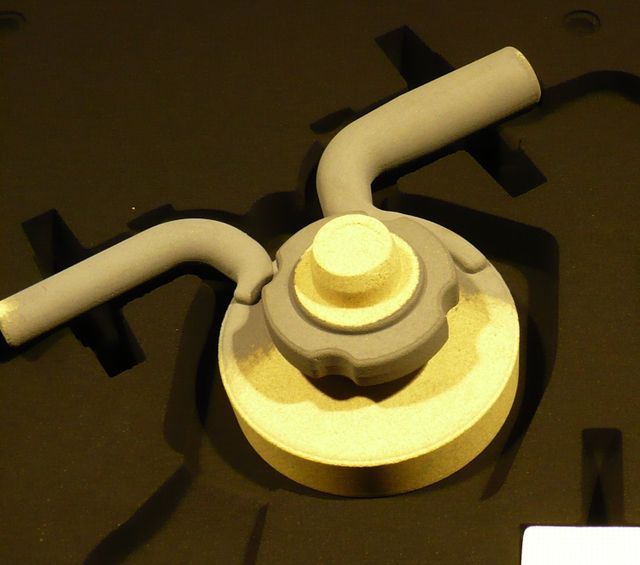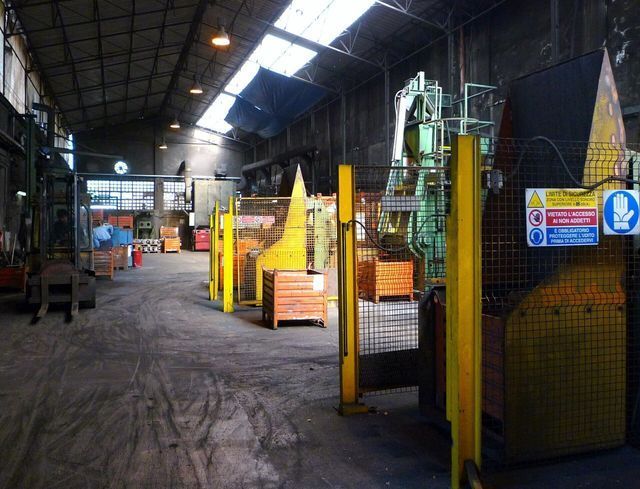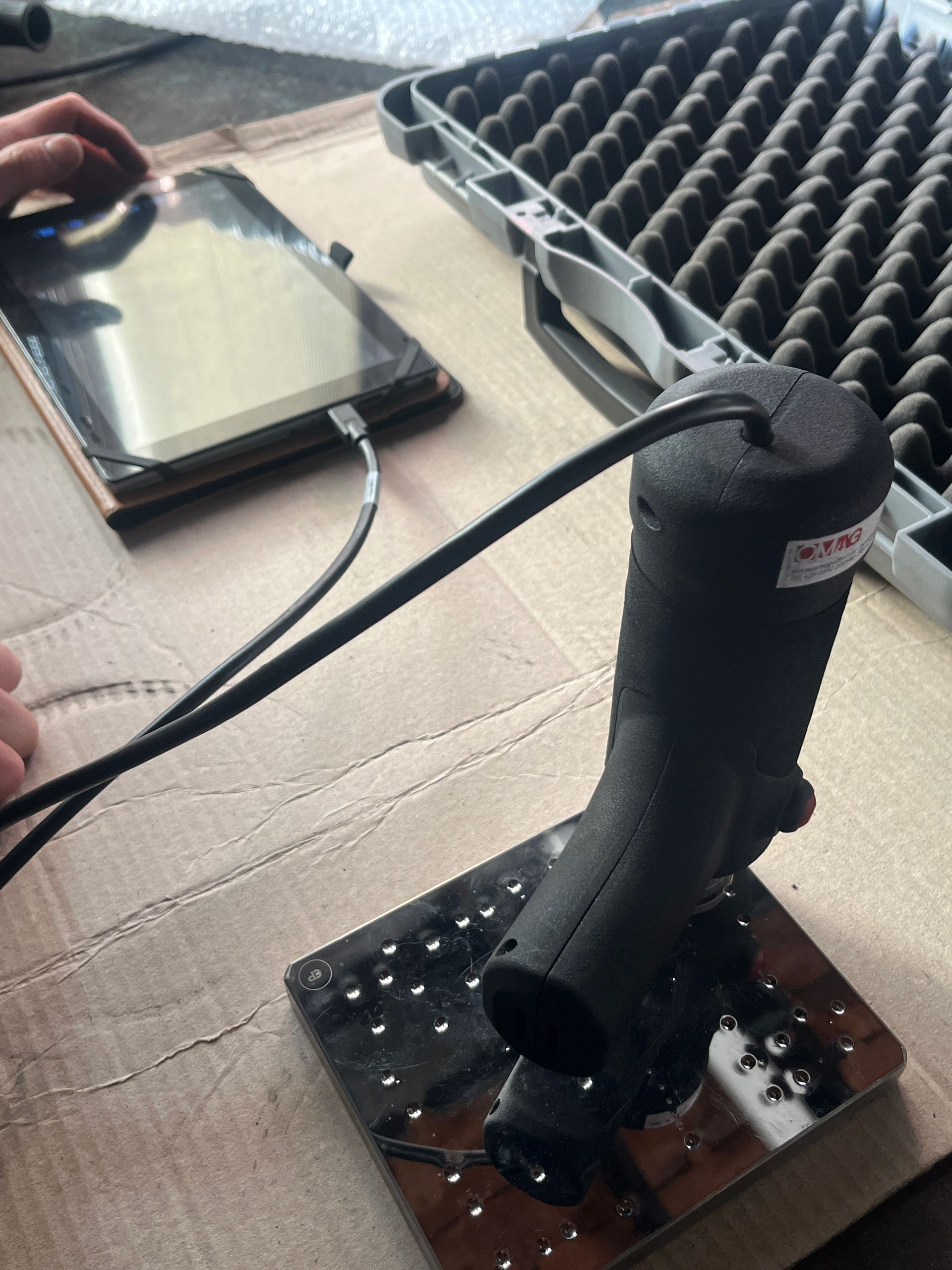Process
1 - Engineering
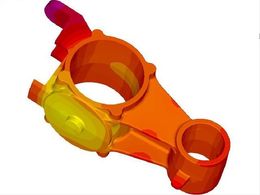
From the beginning, we collaborate with our clients in the analysis and finalisation of the drawings aimed at the correct execution of the casting with the right containment of the production cost. We make use of the SOLID CAST programme for the simulation of the cooling of the casting cluster. Before the production of the batches, a sampling is always carried out in which all the parameters necessary for process control are recorded and any critical issues are highlighted.
100% of the cold-box core requirements are produced in-house by 5 core shooting machines of different capacities: 5, 10, 20, and 25 litres. Once produced, the foundry cores are cleaned of burrs, then painted and placed on trolleys identified with the client’s name, code, and the quantity produced, before being transported to the moulding station
2 - ANIMISTRY
Il 100% del fabbisogno di anime in cold-box viene prodotto internamente da 5 macchine spara-anime di differenti capacità 5, 10, 20, 25 litri. Una volta prodotte , le anime da fonderia vengono pulite dalle bave, quindi verniciate e posizionate su carrelli identificati con il nome cliente, codice e quantità prodotta, per poi essere trasportate alla postazione di formatura.
In this department, three fundamental processes take place:
The green moulding process is carried out with a mechanised process that uses 1 Motta system and 1 coreless system. The physical and mechanical properties of the green sand are constantly monitored by an automatic data detection system.
The casting of cast iron takes place in a rotary furnace with an oil combustion system, with a capacity of 8 tonnes; the liquid cast iron is tapped from the furnace and transferred to an electric furnace with a capacity of 12 tonnes, which acts as a buffer between the melting system and the moulding systems. During the transfer operation, analytical controls, thermal analysis, and spectrometric analysis are performed. The molten metal is manually poured into the moulds using small ladles suspended from monorails. For the production of castings in flake graphite cast iron, the metal is transferred from the electric furnace to the pouring ladles, inoculated, and then poured into the moulds. For the production of castings in nodular graphite cast iron, the metal is transferred into a treatment ladle
The finishing process of the castings includes:
De-spruing: the removal of the castings and feeders from the piece; this phase is carried out manually or with the help of a wedge.
Shot blasting: a mechanical cleaning process of the pieces from the sand, using steel microspheres launched at high speed inside machines.
Deburring: the mechanical removal of burrs from the castings, performed using fixed or manual grinders.
In each of these phases, the operators separate defective pieces, which are then analysed by the quality control personnel to record the amount of scrap and its type.
The equipment currently available includes 1 Cogeim shot blaster, 2 Pangborn shot blasters, 2 Simpson double grinders, and portable electric tools.
In this department, from the de-spruing phase onwards, the selection of non-compliant parts begins. These parts are isolated and then classified according to the type of scrap by the quality control personnel.
4- finishing
The finishing process of the castings includes:
De-spruing: the removal of the castings and feeders from the piece; this phase is carried out manually or with the help of a wedge.
Shot blasting: a mechanical cleaning process to remove sand from the pieces, using steel microspheres launched at high speed inside machines.
Deburring: the mechanical removal of burrs from the castings, performed using fixed or manual grinders.
In each of these phases, the operators separate defective pieces, which are then analysed by the quality control staff to record the amount of scrap and its type.
The equipment currently available includes 1 Cogeim shot blaster, 2 Pangborn shot blasters, 2 Simpson double grinders, and portable electric tools.
In this department, from the de-spruing phase onwards, the selection of non-compliant parts begins. These parts are isolated and then classified according to the type of scrap by the quality control personnel.
5 - inspections
Control of molten metal
For each casting of flake graphite cast iron, an analysis is performed on the metal tapped from both the rotary furnace and the electric furnace.
For each casting of nodular graphite cast iron, the analysis is performed on the metal tapped from the rotary furnace, the electric furnace, and taken from the pouring ladle after the nodularisation treatment.
All data is recorded and archived. Each melting is identified by an alphanumeric code, making it immediately traceable.
Hardness control
The Brinell hardness of the material used for casting the moulds is checked and recorded for each melt; this check is also carried out, when necessary, on the finished parts.
Ultrasonic control
The ultrasonic technique is used both for detecting hidden defects and, through the measurement of velocity, to control the nodularisation process.
Ultrasonic checks are carried out in the following cases: examination of sample castings before internal approval, customer request, “safety” parts, and whenever a specific verification is deemed necessary or requested.
Metallographic structure control
The observation of material samples under a microscope allows the structure of the produced material to be inspected, ensuring it meets the requirements specified by the customer.
The instrument has the ability to send digital images to a PC, enabling the archiving of photos and their subsequent forwarding to the customer who requested them.
Penetrant testing and destructive testing
Destructive tests, by sectioning the piece, are typically performed during the sampling phase.
Visual control, counting, weighing, and scrap classification
Before being weighed and packed for shipment, all products are subject to 100% visual inspection.
All non-compliant products are isolated in designated areas and classified according to the type of defect found. Scrap registration allows for the implementation of company improvement plans, both corrective and preventive.
Control of molten metal
For each casting of flake graphite cast iron, an analysis is performed on the metal tapped from the rotary furnace and the electric furnace.
For each casting of nodular graphite cast iron, the analysis is performed on the metal tapped from the rotary furnace, the electric furnace, and taken from the pouring ladle after the nodularisation treatment.
All data is recorded and archived. Each melting is identified with an alphanumeric code, making it immediately traceable.
Hardness control
The Brinell hardness of the material used for the casting of the moulds is checked and recorded for each melt; this check is also performed, when necessary, on the finished parts.
Ultrasonic control
The ultrasonic technique is used both for detecting hidden defects and, through the measurement of velocity, for controlling the nodularisation process.
Ultrasonic checks are carried out in the following cases: examination of sample castings before internal approval, customer request, "safety" parts, and whenever a specific verification is deemed necessary or requested.
Metallographic structure control
The observation of material samples under a microscope allows the structure of the produced material to be inspected, ensuring it meets the requirements specified by the customer.
The instrument has the capability to send digital images to a PC, enabling the archiving of photos and their subsequent forwarding to the customer who requested them.
Penetrant testing and destructive testing
Destructive tests, by sectioning the piece, are usually carried out during the sampling phase.
Visual control, counting, weighing, and scrap classification
Before being weighed and packed for shipment, products undergo a 100% visual inspection.
All non-compliant products are isolated in designated areas and then classified according to the type of defect found. The scrap registration allows for the implementation of company improvement plans, both corrective and preventive.

CONTACT DETAILS
Via F.lli Rosselli, 17 - 20092 Cinisello Balsamo (MI)
SERVICE INFORMATION
Register of Companies of MI and VAT number 00759420151
R.E.A. no. 335369
Share Capital €100,000.00 fully paid
P.I.00689280964




